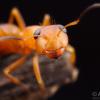- Formiculture.com
- Forums
- Gallery
- Members
- Member Map
- Chat

Istanbul, my first queen!
Started By
Vodach
, May 29 2020 2:57 AM
10 replies to this topic
#1
 Offline
-
Posted May 29 2020 - 2:57 AM
Offline
-
Posted May 29 2020 - 2:57 AM
I'm so happy that i found my first queen!! Here is details:
. Location (on a map) of collection:Pavement
2. Date of collection:29 May 2020
3. Habitat of collection: Only ants..
4. Length (from head to gaster):
5. Color, hue, pattern and texture:Head was reddish , middle was black and his back was reddish again
6. Distinguishing characteristics:very chill
7. Distinguishing behavior:chill again
8. Nest description: pavement..
9. Nuptial flight time and date:29 May 2020
. Location (on a map) of collection:Pavement
2. Date of collection:29 May 2020
3. Habitat of collection: Only ants..
4. Length (from head to gaster):
5. Color, hue, pattern and texture:Head was reddish , middle was black and his back was reddish again
6. Distinguishing characteristics:very chill
7. Distinguishing behavior:chill again
8. Nest description: pavement..
9. Nuptial flight time and date:29 May 2020
#2
 Offline
-
Posted May 29 2020 - 3:10 AM
Offline
-
Posted May 29 2020 - 3:10 AM
I can barely see the ant but it looks like it may just be a worker
- Ants_Dakota and jushi like this
#3
 Offline
-
Posted May 29 2020 - 3:13 AM
Offline
-
Posted May 29 2020 - 3:13 AM
Yes, sadly it is a Formica worker. ![]()
- jushi likes this
Ants I have: Tapinoma sessile(2 queen colony). RED MORPH Camponotus neacticus(now has pupae!), Tetramorium immigrans (x3), Aphaenogaster sp, Temnothorax sp, Brachymyrmex sp. possibly infertile ![]() , Ponera pennsylvanica, and Pheidole morrisi!
, Ponera pennsylvanica, and Pheidole morrisi! ![]()
Other insects: Polistes sp. Queen
Ants I need: Pheidole sp., Trachymyrmex sp., Crematogaster cerasi , Dorymyrmex sp. Most wanted: Pheidole morrisii
#4
 Offline
-
Posted May 29 2020 - 3:23 AM
Offline
-
Posted May 29 2020 - 3:23 AM
Try photos in a clear container.
- jushi likes this
"The ants are a people not strong, yet they prepare their meat in the summer." Prov. 30:25
Keep ordinary ants in extraordinary ways.
Keep ordinary ants in extraordinary ways.
#5
 Offline
-
Posted May 29 2020 - 5:34 AM
Offline
-
Posted May 29 2020 - 5:34 AM
Sorry but that is a Formica worker
- jushi likes this
Currently Keeping:
Pogonomyrmex Californicus Bicolor & Concolor
Pogonomyrmex Subnitidius
Camponotus Sansabeanus
#6
 Offline
-
Posted May 29 2020 - 6:25 AM
Offline
-
Posted May 29 2020 - 6:25 AM
Unfortunately not a queen, but her colony is likely nearby! You should keep an eye out. A few Formica species should be flying very soon in your area.
For help identifying a queen, here's a comparison:
This is a typical Formica queen (colors and size may vary!)

Here is a typical Formica worker (again, colors and size may vary between species)...
Notice the size of the mesosoma (the middle part) of the queen compared to that of the worker; the queen has a much larger mesosoma to accomodate her wing muscles. Speaking of wings, make sure to check the mesosoma for wing scars, the scars left over from where the queen tore her wings off. If you find a suspected queen that does have wings, make sure to distinguish her from a male; you can do this by looking at the head. Male heads are much smaller than female heads, and males are normally smaller. And, of course, queens will be much larger than their workers.
Here are a few helpful videos:
https://www.youtube....h?v=T3Kd8IqAiRI
https://www.youtube....9BLdgoBY&t=397s
Hope you found this helpful!
- ANTdrew, DDD101DDD, Vodach and 1 other like this
#7
 Offline
-
Posted May 29 2020 - 6:35 AM
Offline
-
Posted May 29 2020 - 6:35 AM
I can Clearly see now that it's a worker. Thank you so much!
Unfortunately not a queen, but her colony is likely nearby! You should keep an eye out. A few Formica species should be flying very soon in your area.
For help identifying a queen, here's a comparison:
This is a typical Formica queen (colors and size may vary!)
Here is a typical Formica worker (again, colors and size may vary between species)...
Notice the size of the mesosoma (the middle part) of the queen compared to that of the worker; the queen has a much larger mesosoma to accomodate her wing muscles. Speaking of wings, make sure to check the mesosoma for wing scars, the scars left over from where the queen tore her wings off. If you find a suspected queen that does have wings, make sure to distinguish her from a male; you can do this by looking at the head. Male heads are much smaller than female heads, and males are normally smaller. And, of course, queens will be much larger than their workers.
Here are a few helpful videos:
Hope you found this helpful!
- TheMicroPlanet and jushi like this
#8
 Offline
-
Posted May 29 2020 - 6:39 AM
Offline
-
Posted May 29 2020 - 6:39 AM
No problem! I didn't feel good just writing "This is a worker, not a queen", so I decided to do a little extra. Like I said before though, keep on the lookout for queens! I usually carry a few plastic snapcap viles to put queens in just in case. Other people use test tubes, but make sure you're prepared when outside; you never know when you'll find a queen!
- FSTP likes this
#9
 Offline
-
Posted May 29 2020 - 6:51 AM
Offline
-
Posted May 29 2020 - 6:51 AM
I do believe it is a little early for Formica flights, if Turkey’s nuptial flight schedule is anything like ours.
"God made..... all the creatures that move along the ground according to their kinds (including ants). And God saw that it was good. Genesis 1:25 NIV version
Keeping:
Formica cf. pallidefulva, cf. incerta, cf. argentea
Formica cf. aserva, cf. subintegra
Myrmica sp.
Lasius neoniger, brevicornis
#10
 Offline
-
Posted May 29 2020 - 7:14 AM
Offline
-
Posted May 29 2020 - 7:14 AM
I usually carry a few plastic snapcap viles to put queens in just in case. Other people use test tubes, but make sure you're prepared when outside; you never know when you'll find a queen!
I do this as well I always keep at least one catch cap on me at all times when I leave the house, its part of my "EDC" or everyday carry as it were. I've had queens pop up in the most unexpected of places. Like having lunch with a friend on the restaurants patio and having a queen land on my arm....
- ANTdrew, TheMicroPlanet, Antkid12 and 1 other like this
#11
 Offline
-
Posted June 2 2020 - 11:08 AM
Offline
-
Posted June 2 2020 - 11:08 AM
The photos are blurry, and the info is incomplete and hard to read. From what I can tell, that's a worker.
KEEPER OF:
Tapinoma Sessile (founding) x3
Tapinoma Sessile x1
Camponotus Pennsyvanicus x2
Prenolepis Imparis (founding) x2
Myrmecina Americana (founding) x1
Myrmecina Americana x1
1 user(s) are reading this topic
0 members, 1 guests, 0 anonymous users



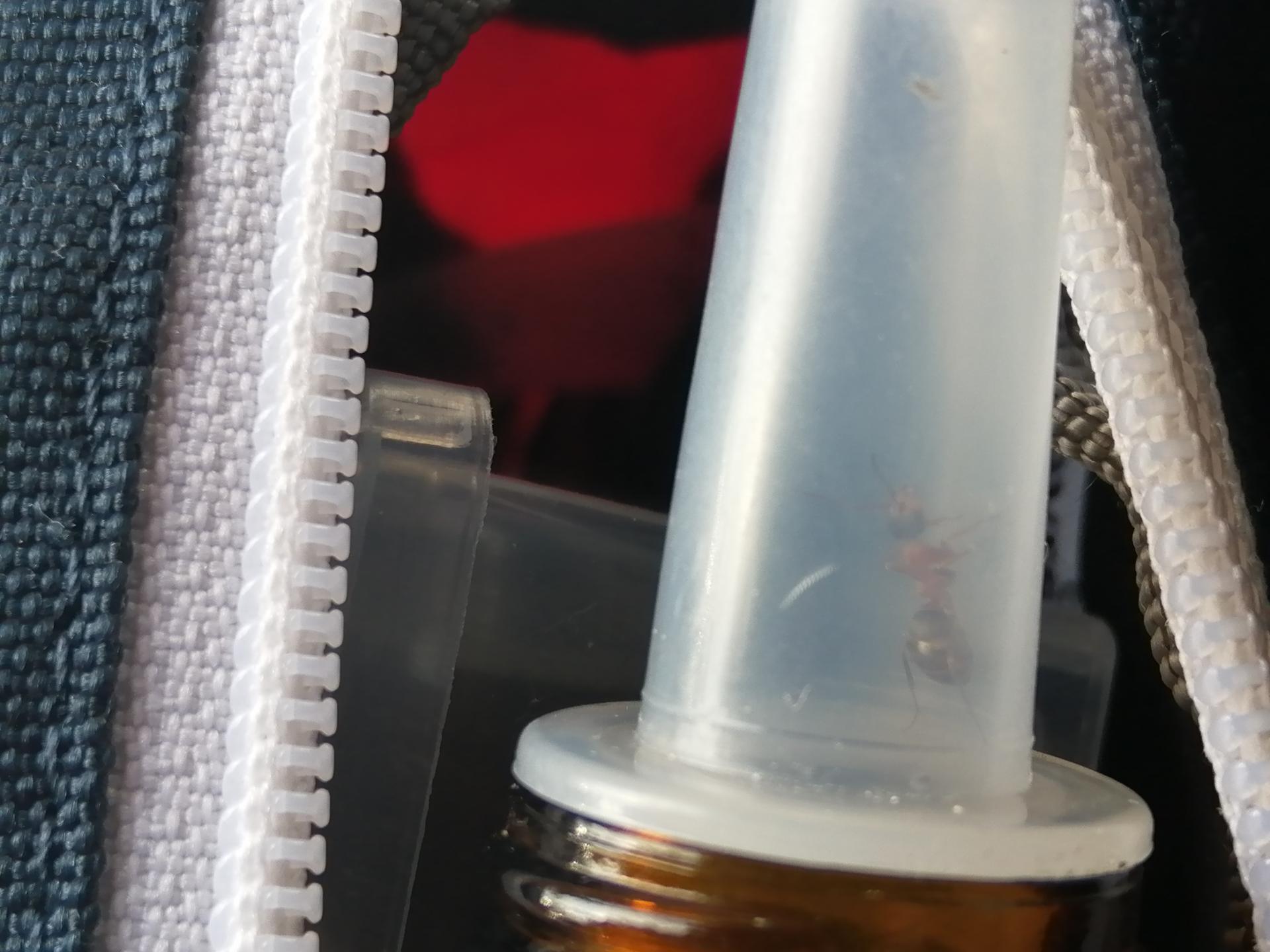
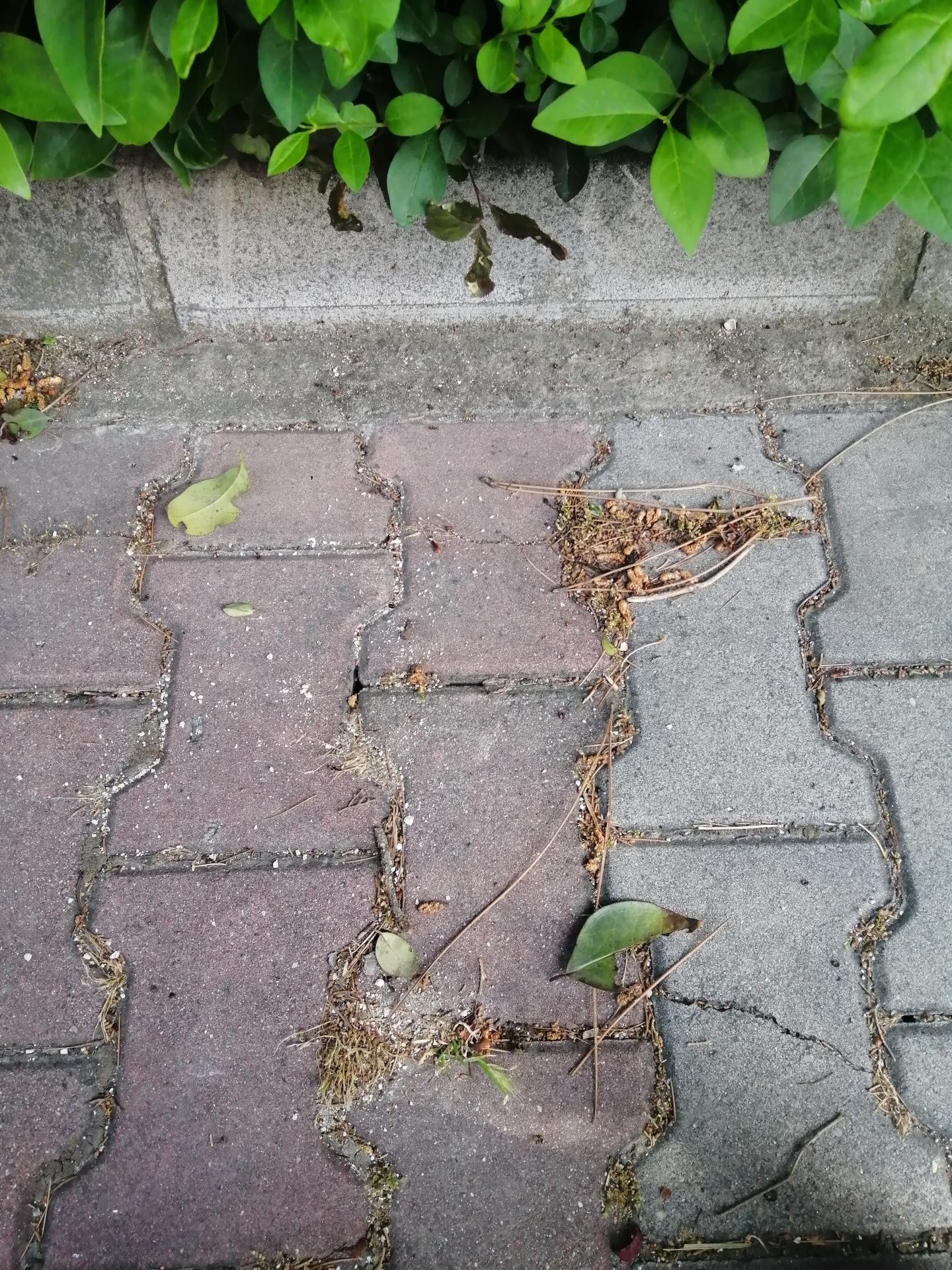
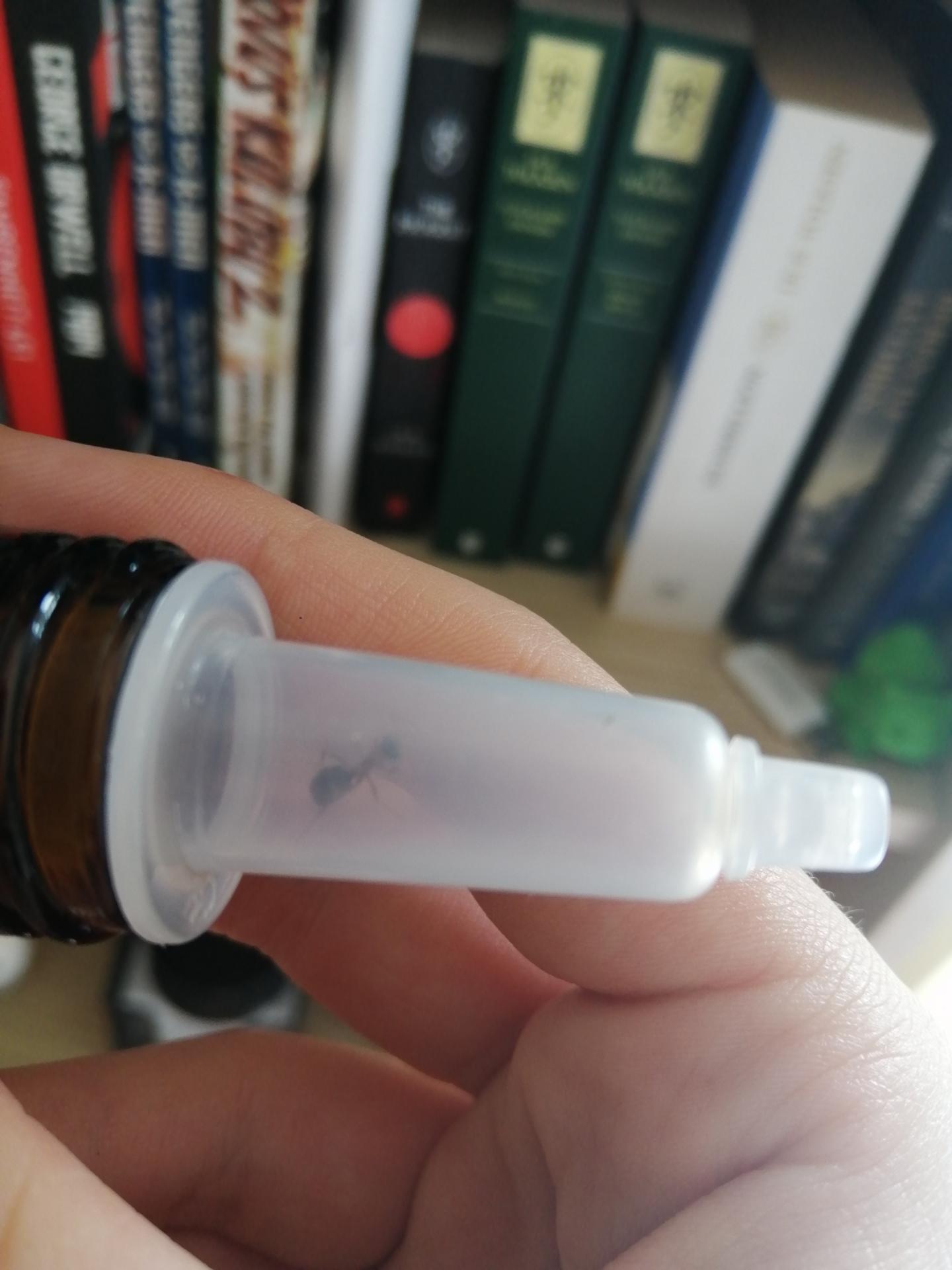




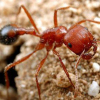
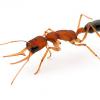

.JPG/450px-Formica_neogagates%2C_Berlin%2C_New_Hampshire_(Tom_Murray).JPG)

